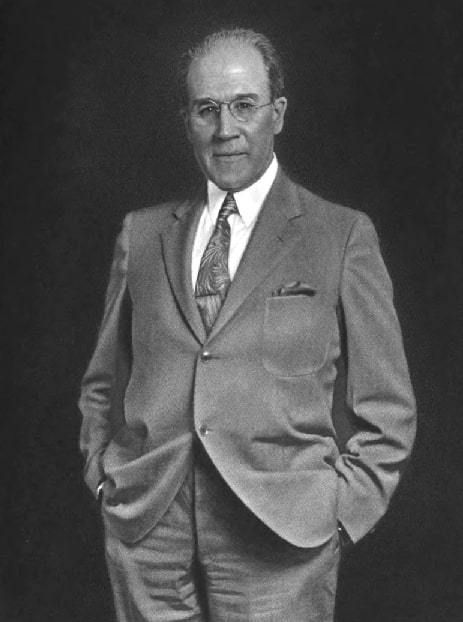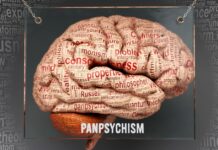I’ve embarked on a “Book of Diets”; not a diet book but a catalogue of some of the key diets and food plans out there. I thought I’d share one with you, just to get some feedback…
The Hay Diet.
This was pretty big in the 1980s (also known as the food combining diet). It had a large and loyal following. It’s heyday (is that a pun?) was probably the 1930s when many restaurants offered ‘Hay-friendly’ menus. You hear less about it these days but that may be just because it is getting lost in the online diet noise.
It is not so much a “diet” in the normal sense of the word. It is best referred to as a nutrition method and is essentially a permanent lifestyle modification.
There are variations of the basic plan, such as Kensington diet, the Dissociated Foods Diet (who the Hell thought up that name?) and the Beverly Hills Diet, with famous actors such as Elizabeth Hurley, Helen Mirren and Catherine Zeta-Jones following food-combining diets.
Originally developed by New York physician William Howard Hay, MD (1866 – 1940), as a healing protocol following his own heart attack in 1905, Hay’s reasoning was that eating a variety of food groups at each meal taxes the body’s digestive system. He recognized that the digestive organs have to create and release enough digestive fluids and enzymes to simultaneously break down animal proteins and dairy (which are digested in an acidic environment) and starches (which are digested in an alkaline environment).
 William Howard Hay MD
William Howard Hay MD
As Hay termed it, there was “vast quantities of acid waste that result from wrong selection and combination of the daily foods”. [Hay, William Howard (1932-01-01). Health Via Food]
He claimed that fruits and vegetables produced alkaline ‘end-products’ when they were metabolized, while processed and refined foods resulted in acidic ‘end-products’ after digestion. His theories went on to encompass food-combining; stating that incorrect combinations of foods would cause even alkaline foods to leave a less desirable acidic digestion end-product.
In other words, it is a variation of the theory that acid and alkaline foods can affect your body pH. I do not support this notion scientifically. Your kidneys will not allow this supposed physiological effect.
Notwithstanding, Hay’s answer was to separate major food groups at mealtimes. Don’t eat carbohydrates at the same meal as proteins (milk, fish, meat and fowl). Leave four hours between meals, allowing those foods to fully digest before you switch categories at your next meal. If you feel the need for a snack between, choose fresh sliced veggies, such as carrots, celery, cauliflower, or broccoli florets for an easy “neutral” option.
“Any carbohydrate foods require alkaline conditions for their complete digestion, so must not be combined with acids of any kind, as sour fruits, because the acid will neutralize. Neither should these be combined with a protein of concentrated sort as these protein foods will excite too much hydrochloric acid during their stomach digestion.” [William Hay, How to Always Be Well]
7-Day Sample Eating
While there is no one definitive version of the food combining diet, in general, a week on the plan might look something like this sample (but note that experts don’t recommend following this plan).
Malia Frey of www.verywellfit.com offers this suggestion:
Day 1: Eggs and bacon; raspberries; grain bowl with barley, leafy greens, and mixed vegetables; salmon with spinach, white wine
Day 2: Plain oatmeal; roast turkey with asparagus; raw carrots and cucumbers; hamburger patty with cheese
Day 3: Ham and cheese omelet; stir-fried shrimp and broccoli; figs; baked chicken thighs with kale
Day 4: Rice cereal with almond milk; raw celery and bell peppers; steak with green salad; seared tuna
Day 5: Mashed sweet potatoes; salmon with spinach; raw carrots and almonds; roast turkey with asparagus
Day 6: Eggs and sausage; apricots; poached chicken and zucchini noodles; grain bowl with barley, greens, and mixed vegetables, beer
Day 7: Plain oatmeal; baked chicken thighs with kale; raw celery and cucumbers; grilled scallops
In addition to keeping proteins and starches separated, a food combining diet suggests consuming sweet fruit only in moderation and on an empty stomach—a few hours after or 20 minutes before a meal. It is also recommended to drink plenty of water—but not during meals. That will dilute digestive juices.
Here’s a graphic I snitched from Adjust Health [https://www.adjusthealth.info/wp-content/uploads/2019/03/food-combining.jpg]. It presents this very complicated diet plan quite well:

Neutral Foods
There are “neutral foods, of course, which qualify as neither carbohydrates or proteins and can be paired with either starches or proteins, such as dark chocolate, almond milk, cream, coconut water, lemons, butter, and oils.
Alcohol
Wines are OK; dry red and white wines are presumed to fall into the protein category and should only be consumed with other proteins. Beer and ale are considered starchy, so they should only be consumed with other starches or cooked vegetables.
Does It Work?
It depends what you are looking for! If it’s weight loss, you may be disappointed. Wikipedia states the food-combining diet has been the subject of only one peer-reviewed randomized clinical trial, which found no benefit from the diet in terms of weight loss. But this is deliberately misleading… In fact those individuals following a plan somewhat like the Hay Diet (food combining) were compared to individuals put on an 1100 calorie diet and BOTH LOST WEIGHT EQUALLY.1
In other words, rather than proving food combining did not work, the study actually PROVED that the Hay method was as effective for weight loss as an 1100 calorie diet (while being a lot easier)!
But the point for most individuals is not weight loss; it’s that the Hay Diet is a healthy lifestyle protocol and that it works for them!
My own take on this, since the 1980s when I first encountered it (meeting with passionate advocates who insisted it enabled them to feel fit, bouyant and healthy) is that it works, at least in part, as an allergy exclusion protocol. By avoiding carbs at breakfast time, for example, means you exclude cereals and bread (toast), which are problematic foods at the best of times. Plus, of course, no cereals means no milk, except in coffee. That excludes another really bad food group—dairy.
There are all the usual baloney attacks on its validity: not proven, unfounded and the lack of a scientific basis are usual (see Wikipedia). There seems to be an army of food police out there, typically working for the junk food industry, trying to discredit any model of healthy eating. Of course they NEVER provide any evidence of the health value of their products (how could they?) but they are quick to assert that any good eating model is unfounded, worthless and therefore fraudulent.
Good luck if you try this. I am not recommending it but also not against it.
To Your Good Health,Prof. Keith Scott-Mumby
The Official Alternative Doctor
Cited Article:
- Golay A, Allaz A, Ybarra J, Bianchi P, Saraiva S, Mensi N, Gomis R, de Tonnac N (2000). “Similar weight loss with low-energy food combining or balanced diets”. Int. J. Obes. Relat. Metab. Disord. 24 (4): 492–6. doi:10.1038/sj.ijo.0801185. PMID 10805507




